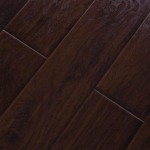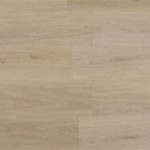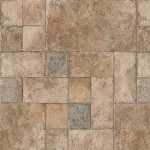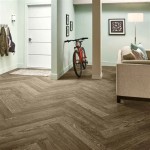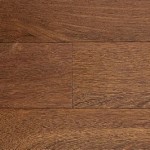Essential Considerations for Choosing Outside Flooring Materials
Selecting the right flooring materials for your outdoor spaces can be a daunting task. With various options available, it's crucial to consider specific factors to ensure durability, functionality, and aesthetic appeal. Here's a guide to help you navigate the essential aspects when choosing outside flooring materials:
1. Climate and Weather Conditions:
The climate in your area plays a significant role in determining the durability and suitability of flooring materials. Factors like temperature fluctuations, moisture levels, and exposure to sun and rain can affect the material's lifespan and performance. Consider materials like porcelain tile, concrete pavers, or composite decking that can withstand extreme weather conditions.
2. Intended Use and Traffic:
Think about how you intend to use your outdoor space. Will it be primarily for relaxation, entertaining, or both? The amount of foot traffic and activities planned will influence the durability and safety requirements of the flooring. High-traffic areas may need materials like concrete pavers or stone that can handle heavy wear and tear, while softer materials like artificial turf or rubber tiles are suitable for low-traffic areas.
3. Aesthetics and Design:
The aesthetics of your outdoor flooring should complement the overall design and ambiance of your home and surroundings. Choose materials that match your style preferences, whether rustic, modern, or traditional. Consider colors, textures, and patterns that enhance the desired atmosphere and create a cohesive look with your exterior décor.
4. Maintenance and Upkeep:
Different flooring materials require varying levels of maintenance. Some materials, like concrete pavers or porcelain tile, are relatively low-maintenance, requiring occasional cleaning and sealing. Others, like natural stone or wood, require regular maintenance to preserve their appearance and prevent damage. Before choosing a material, consider the time and effort you're willing to invest in upkeep.
5. Budget and Lifespan:
The cost of outdoor flooring materials and their expected lifespan are important factors to consider. Set a realistic budget and research the average lifespan of different materials. More expensive materials like natural stone may have a longer lifespan but may require more expensive maintenance. Conversely, lower-cost materials like concrete pavers may have a shorter lifespan but can be more economical over time.
6. Safety and Accessibility:
Safety should be a top priority when selecting outdoor flooring. Choose slip-resistant materials that provide good traction, especially in areas prone to moisture or rainfall. Consider the accessibility of the flooring for individuals with mobility impairments. Certain materials like rubber tiles or interlocking pavers can create level and accessible surfaces.
By considering these essential aspects, you can make an informed decision about the best outside flooring materials for your specific needs. Remember to balance durability, functionality, aesthetics, maintenance, budget, and safety to create an outdoor space that enhances the enjoyment and value of your home.

7 Flooring Options For A Beautiful Patio Absolutely Outdoors

Your Definitive Guide To Outdoor Flooring Exploring Material Choices

14 Outdoor Flooring Options Ultimate Guide

8 Outdoor Flooring Options D S

Jazz Up Your Front House With These Stunning Outdoor Flooring Ideas

Pros Cons Of Diffe Outdoor Flooring Options Cricket Pavers

Outdoor Flooring Options Checkatrade

What Are The Best Outdoor Flooring Options

14 Outdoor Flooring Options Ultimate Guide

15 Beautiful And Affordable Outdoor Flooring Options Floorings

